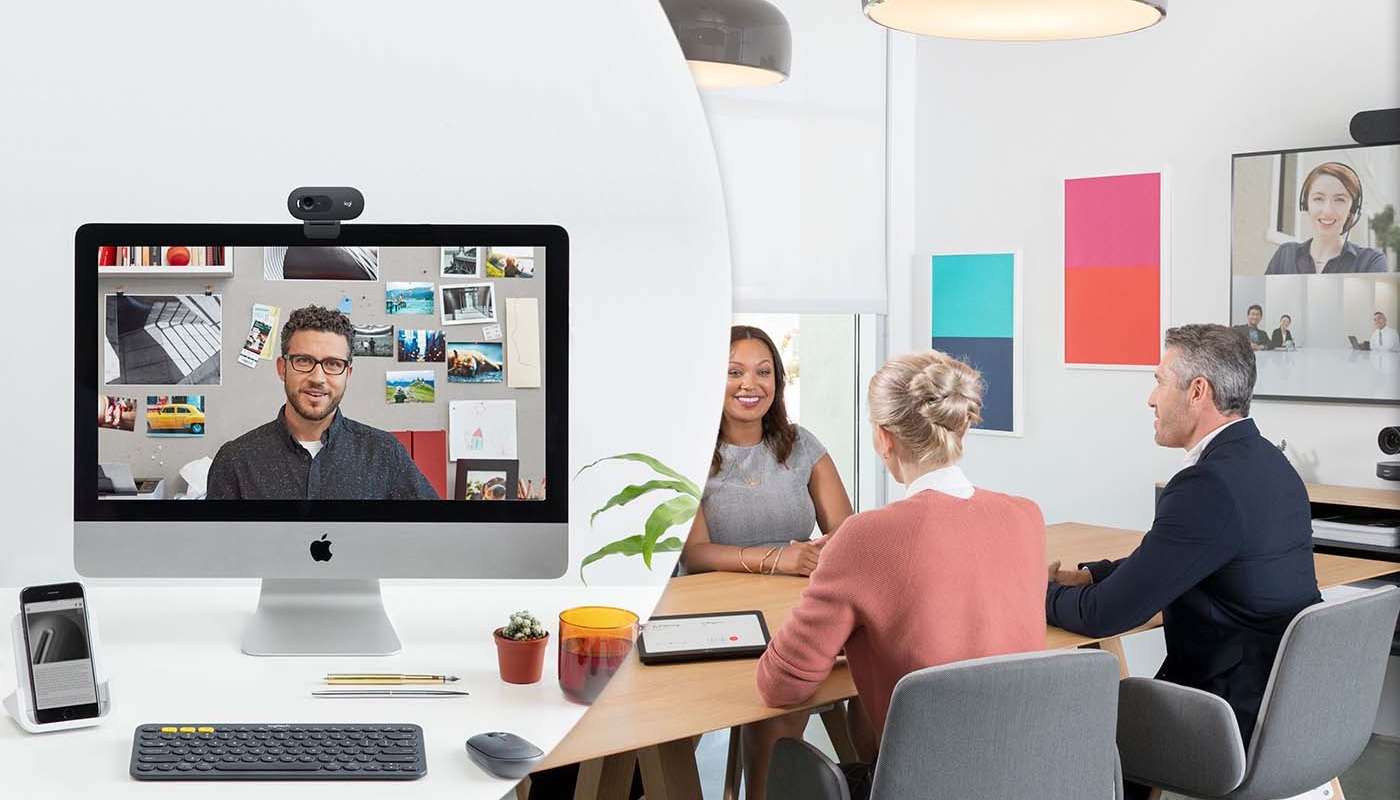How To Create Inclusive Video Meetings In Your Workplace

Contents
Have you ever been in a meeting that felt more like a boardroom battle than a constructive gathering of team members? We've all been there. Unfortunately, the rise in prominence of video meetings has not done inclusive meetings any favours.
What is an inclusive meeting?
An inclusive meeting is one where all participants feel like they have the chance and confidence to be seen and heard. Inclusive meetings provide all participants with the equal opportunity to share their opinion and be listened to without being judged or discriminated against.
If you're not providing an inclusive meeting experience, your employees may not feel comfortable contributing. Not only will you be missing out on their experience and ideas, but you may be fostering disdain that leads to employee dissatisfaction and high attrition rates.
How to create inclusive meetings
So how can you create inclusive meetings? Here are a few ways you can improve your meetings:
- Provide an agenda - make sure your attendees know what they're agreeing to when they accept a meeting and what to expect from the meeting. provide a detailed agenda of what will be covered in the meeting.
- Be realistic with time - don't book a 15-minute timeslot at 4:45 pm when you know that the discussion is going to take an hour. Be respectful of everyone's time and book a realistic amount.
- Be selective with meeting invitees - only invite participants who need to be there. If someone isn't directly involved in a project or doesn't have something to contribute, they probably don't need to be there.
- Ensure everyone feels comfortable and welcome - when the meeting starts, ensure everyone has a comfortable place to sit, can see any screen or whiteboard, can hear everyone else, and has been introduced to all participants and understands the agenda.
- One person at a time - as brilliant as humans are, we have a hard time listening to two speakers at once. Keep communication concise and ensure only one person speaks at a time.
- Involve everyone - if someone isn't contributing, it's a good idea to ask their opinion, throw questions to them where appropriate, and make sure they have their time to shine.
- Put a stop to interruptions - I'm sure you've got that one person in your team who takes over and talks over everyone. Well, it's time for them to shut their cakehole while other people are contributing. Cut off any interruptions and make sure other attendees can get their thoughts and ideas across.
- Sum up and set actions - as you work through your agenda, set take note of action items and return to the agenda so that everyone knows what has been agreed upon and what you're moving on to next.
With these principles established, we can move on to a trickier beast... creating inclusive video meetings.
The changing role of technology in meetings
In the age before COVID, video meetings were still around, but nowhere near as prominent as they are now. In 2019, 40% of meetings were virtual. This moved close to 100% throughout 2020-2021 and is expected to settle to a level of 75% by 2024 (source). If you think back at your meetings over the last month, how many had at least one participant joining via Teams or Zoom? It's probably close to 100%.
With hybrid work and video meetings here to stay, the challenges of creating inclusive video meetings have become more pressing. Typically, remote or virtual participants have been left out. You can't see whiteboards, you don't have the same access to the immediate in-room conversation and don't even get us started on the unreliable audio-video quality. While this issue may not have been as significant pre-pandemic because there weren't many video meetings, it's now an obstacle that needs to be overcome to ensure everyone feels heard and valued in these digital workspaces.
Creating meeting spaces that deliver inclusive video meetings
Creating meeting room spaces that deliver inclusive video meetings requires you to create effective Teams Rooms (or Zoom Rooms). Rooms that have been equipped with Microsoft Teams or Zoom-certified audiovisual technology. These rooms should deliver on 3 key goals.
1. Provide clear audio and visual to all virtual and in-person attendees
Everyone needs to be seen and heard to make your meeting inclusive. By equipping your room with high-quality audio and video technology, you'll provide access to see and hear all attendees. The key components of this setup include:
- An AI-powered HD camera that focuses on speakers and zooms in to fit all attendees in-frame so that you don't look like specs on-screen to your virtual attendees.
- A clear microphone setup that can capture the voices of all in-room attendees. Depending on the size of the room, you may need multiple microphones to capture all voices.
- A high-quality TV screen so that in-person attendees can see and engage with their virtual attendees.
2. Deliver a seamless user experience
31% of meetings start late. Sure, sometimes you're got caught up on another call or had to duck to the bathroom between meetings. But when it comes to video meetings that you're joining from the office, the usual culprits are the time spent finding an available room and the time it takes to get the tricky hardware working.
To deliver a better user experience and value everyone's time, finding a room and starting a meeting should be easy. Room controllers with one-touch join or rooms with Bluetooth-powered proximity joining can have your meeting started quicker. No cables or adaptors are needed. You should also look to set up room scheduling screens on each room, with the ability to book rooms directly from your calendar.
3. Digitise old-school collaboration
Ah, the magical whiteboard. Ideas flowing, flowcharts flowing, the magic of the pen on board. Who doesn't love a good whiteboarding session? Remote attendees don't love them, that's for sure. Most of the time, they can't see them! To create inclusive meetings, your virtual attendees need to have the same access to whiteboarding and other collaboration.
Luckily, there are solutions. One great one is the Logitech Scribe, a whiteboard camera designed to display your whiteboard on Teams or Zoom in real time. AI will remove the presenter's hand and arm while they're writing, and enhance colours for visibility. You can continue to collaborate while involving your virtual team. Pretty cool.
.jpeg)
Introducing Enabl's Teams Rooms as a Service
There is a lot that goes into creating inclusive meetings. From the technology that you're using to how you conduct meetings and keep participants on track. While we can't tell John from Marketing to stop talking over everyone, we can help you with your videoconferencing technology. Enabl has created Teams Rooms as a Service to bundle all the hardware you need, with configuration and installation, support and warranty. With different solutions for all sizes and shapes of rooms, we can help you create meeting room spaces that foster inclusive meetings.
